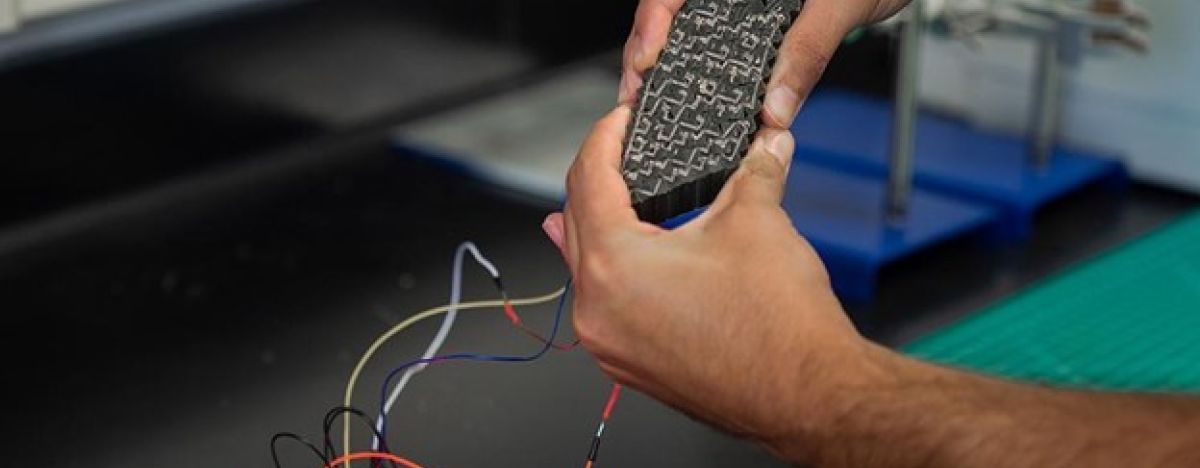Researchers engineer novel material capable of 'thinking'
 |
| A mechanical integrated circuit can perform computation like a computer, without needing the computer. Credit: Kelby Hochreither/Penn State |
The results, published in Nature, are supported by the U.S. National Science Foundation and hinge on a novel, reconfigurable alternative to integrated circuits. Integrated circuits are typically composed of multiple electronic components housed on a single semiconductor material, usually silicon, and run all types of modern electronics, including phones, cars and robots.
The role of integrated circuits in information processing is similar to the brain's role in the human body. According to the principal investigator, Penn State mechanical engineer, Ryan Harne, integrated circuits are the core constituent needed for scalable computing of signals and information but have never been realized by scientists in any composition other than silicon semiconductors.
His team's discovery revealed the opportunity for nearly any material around us to act like its own integrated circuit: being able to "think" about what's happening.
"We have created the first example of an engineering material that can simultaneously sense, think and act upon mechanical stress without requiring additional circuits to process such signals," Harne said. "The soft polymer material acts like a brain that can receive digital strings of information that are then processed, resulting in new sequences of digital information that can control reactions."
The material could use mechanical force to compute complex arithmetic, as Harne and his team demonstrated, or detect radio frequencies to communicate specific light signals, among other potential translation examples. The possibilities are expansive, Harne said, because integrated circuits can be programmed to do so much.
According to Harne, the material uses a similar "thinking" process to humans and has potential applications in autonomous search and rescue systems, in infrastructure repairs and even in bio-hybrid materials that can identify, isolate and neutralize airborne pathogens.
The process builds on the team's previous work developing a soft, mechanical metamaterial that could "think" about how forces are applied to it and respond through programmed reactions. The researchers broke through a sticking point when they rediscovered a paper published in 1938 by Claude E. Shannon, who later became known as the "father of information theory."
"When we read the paper, we were astounded that our preliminary work exactly realized Shannon's vision," Harne said. However, Shannon's work was hypothetical, produced nearly 30 years before integrated circuits were developed, and did not address how to scale the networks.
"We made considerable modifications to Shannon's design philosophy for our mechanical-electrical networks to comply with the reality of integrated circuit assembly rules," Harne said.
The researchers are now evolving the material to process visual information as it does physical signals. "Our goal is to develop a material that demonstrates autonomous navigation through an environment by seeing signs, following them and maneuvering out of the way of adverse mechanical force, such as something stepping on it," Harne said.
Source: NSF
